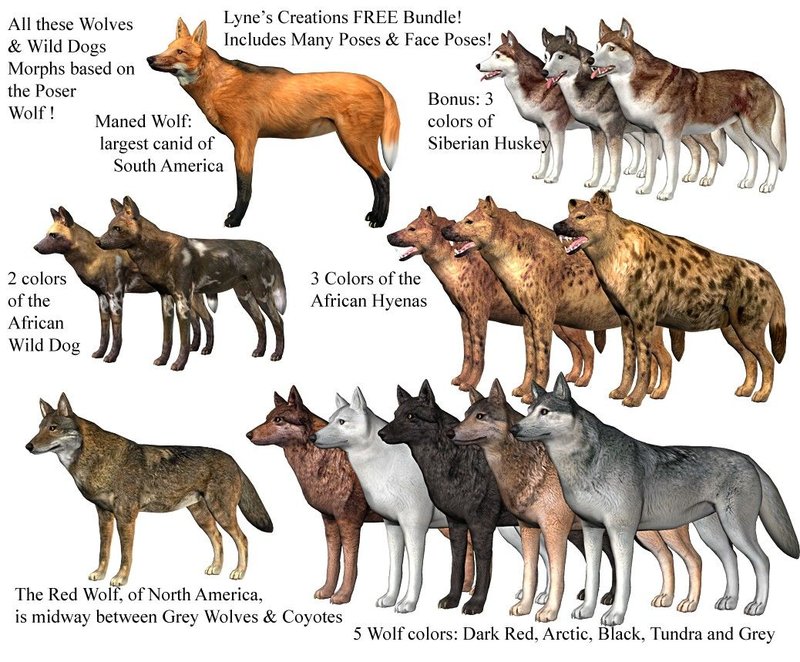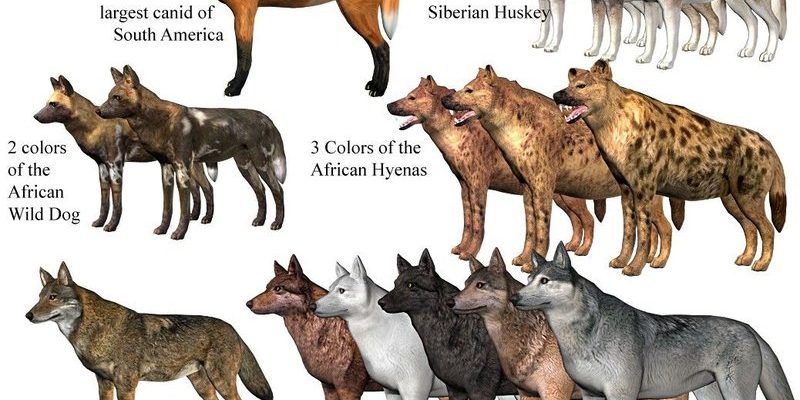
Imagine this: the maned wolf roams the grasslands of South America, effortlessly navigating its environment with a long stride that sets it apart from its canine relatives. This striking animal doesn’t just have an unusual look; it also has a captivating past. So, let’s dig into the evolutionary journey of the maned wolf and discover what makes it so special.
What Is the Maned Wolf?
You might be wondering, what exactly is a maned wolf? Well, this intriguing species is native to the grasslands and open savannas of South America, particularly in countries like Brazil, Paraguay, and Argentina. Unlike typical wolves, which form tight-knit packs, maned wolves are more solitary and tend to roam alone or in pairs.
Their long legs are not just for show—they help them see over tall grasses and spot potential prey. You could say their height is their superpower! Speaking of prey, these wolves primarily feed on small rodents, insects, and fruits, which highlights their opportunistic nature.
Visually, they are stunning. Their reddish-brown fur stands out against the green of their habitat, while the black mane along their backs gives them a regal appearance. It’s like they stepped out of a fairy tale, isn’t it?
The Ancestry of the Maned Wolf
The evolutionary history of the maned wolf is a tale woven through time, branching out from a common ancestor shared with other canids like dogs and true wolves. This lineage goes back millions of years. Genetic studies have revealed that the maned wolf is not as closely related to the gray wolf or coyotes as you might think. Instead, it branches off from the canid family tree as a distinct lineage.
Being part of this unique lineage means that the maned wolf has developed adaptations suited to its environment. Unlike its larger relatives, it has evolved to thrive in the open landscapes of South America, which has shaped both its behavior and physical traits over time.
Wonder why the maned wolf developed such long legs? This adaptation helps it traverse the tall grasslands of its habitat more efficiently. Similar to how some animals grow wings to fly, the maned wolf has its own evolutionary tools to survive and thrive.
Habitats and Geographic Distribution
The maned wolf has carved out a niche in various habitats, primarily in the open grasslands and savannas of South America. This adaptability allows it to thrive in areas that are often uninhabitable for other canids. You can find them in diverse environments, from wetlands to seasonally flooded grasslands, which shows how versatile they truly are.
Unfortunately, their range is not without threats. Urbanization and agricultural expansion often lead to habitat loss, pushing these unique creatures into smaller, fragmented areas. As they navigate the challenges of a changing environment, the maned wolf’s ability to adapt becomes even more crucial.
Each type of habitat offers different food sources and shelter, which influences the maned wolf’s behavior. For instance, in areas where rodent populations thrive, you can bet they’ll make it their favorite hunting ground. It’s all about finding the right space to live, hunt, and, ultimately, survive.
Behavioral Traits of the Maned Wolf
Ever seen a maned wolf in action? Their behavior is as fascinating as their appearance! One standout trait is their vocalizations. Instead of the classic wolf howl, the maned wolf communicates using a series of barks, growls, and high-pitched cries that sound almost like a strange whistle. It’s their own form of language—unlike anything you’d hear from a typical canine!
In addition to their vocal quirks, maned wolves are solitary creatures. This is in stark contrast to their pack-oriented relatives. They prefer to roam alone or sometimes form monogamous pairs during the breeding season. These social dynamics play a significant role in how they hunt and interact with their environment.
You might also find it interesting that they mark their territory with scent, using urine and feces to communicate with others. It’s as if they leave little notes saying, “This is my space!” This behavior helps reduce conflicts and maintain territorial boundaries.
Adaptations to Climate and Environment
What’s really remarkable about the maned wolf is how it has adapted to its environment. These animals are built for the grasslands, and their long legs allow them to move swiftly over long distances. This is crucial, especially during dry seasons when food can be scarce.
Their diet plays a major role in these adaptations too. Unlike many wolves that primarily hunt larger prey, the maned wolf has diverse food preferences that include fruits and small animals. This flexibility means they can survive in changing environments, making them less vulnerable to food shortages.
Additionally, their unique body temperature regulation system helps them thrive in varying climates, from hot days to cool nights. This ability to adapt to different temperatures is essential for their survival in diverse habitats where conditions can change rapidly.
Conservation Status and Threats
Unfortunately, the maned wolf is not without its struggles. It’s classified as Near Threatened by the International Union for Conservation of Nature (IUCN). The primary threats they face include habitat loss due to agricultural expansion, urban development, and road kills.
Conservation efforts are underway to protect their natural habitats. Initiatives that focus on preserving the ecosystems where these wolves thrive are crucial. By protecting their environment, we’re not just helping the maned wolf; we’re preserving the unique biodiversity of the regions they inhabit.
Moreover, raising awareness about these animals can help reduce conflicts with humans. Educating communities about the importance of the maned wolf and its role in the ecosystem can foster a more harmonious relationship between wildlife and people.
The Future of the Maned Wolf
Looking ahead, the future of the maned wolf depends on our collective efforts. As urban areas expand and agricultural practices evolve, the need for conservation becomes increasingly urgent. Protecting their habitats and ensuring they have access to the food sources they rely on is key to their survival.
Additionally, ongoing research is vital. By studying their behaviors, genetics, and habitats, scientists can develop better conservation strategies. It’s all about finding that balance between human development and wildlife preservation.
In the grand scheme of things, the maned wolf is a testament to nature’s adaptability. Its evolutionary journey reminds us of the importance of biodiversity. Each species plays a unique role in its ecosystem, and it’s our responsibility to ensure they can continue to thrive.
In conclusion, the maned wolf may look unusual and behave differently from other canids, but that’s what makes it so exceptional. Understanding its evolutionary history not only enlightens us about this unique animal but also illustrates the intricate story of adaptation and survival in the wild. And who wouldn’t want to be a part of that story?

